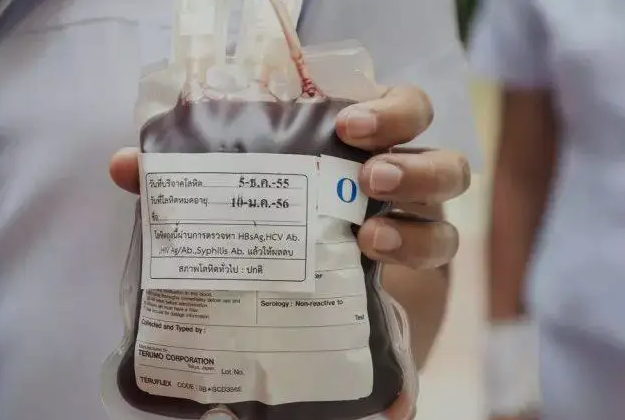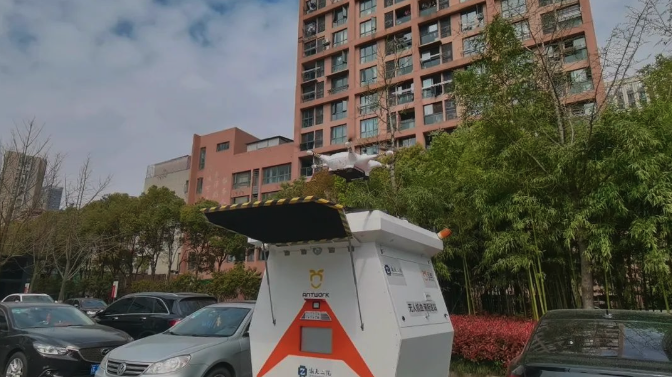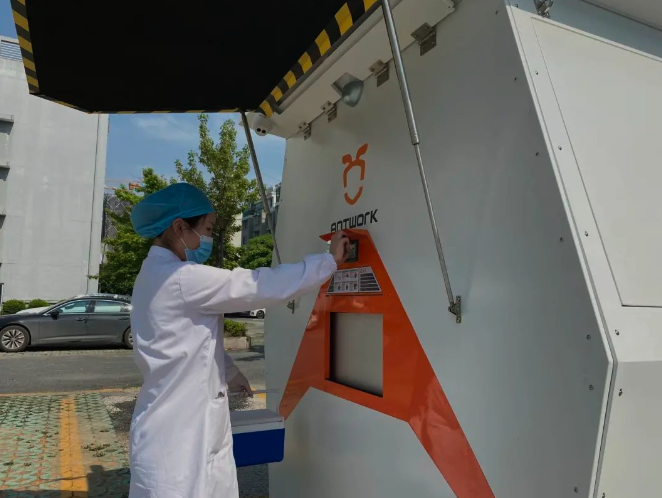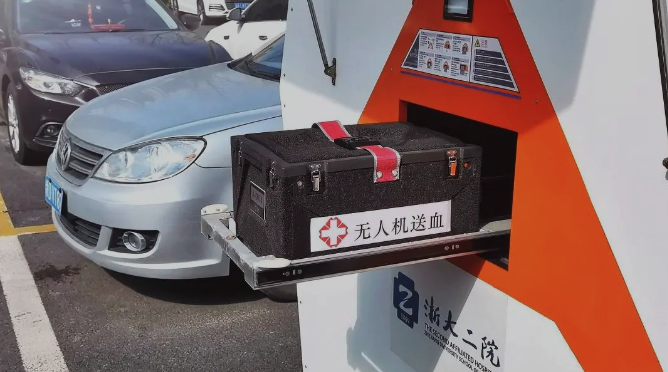Today is the 19th World Blood Donation Day. In order to encourage more people to donate blood without compensation, promote and promote the implementation of global blood safety plans, the World Health Organization, the International Federation of Red Cross and Red Crescent Societies, the International Federation of Blood Donation Organizations, and the International Blood Transfusion Association jointly launched in 2004, marking June 14th as World Blood Donor Day each year. The theme of this year's World Blood Donation Day is "Donating blood is an act of unity. Join the effort and save lives". Various blood donation activities have been held throughout the country for this holiday. Do you know where the blood you donated went?

Before blood collection, the staff of the blood station will conduct relevant tests to ensure that the donor and blood meet the requirements. After the collection is completed, blood station staff will separate red blood cells from cold precipitates such as plasma and store them at low temperatures. Red blood cells will be placed in bags with special nutrient solutions and anticoagulants and stored at a low temperature of 2-4 degrees Celsius. Each hospital's blood bank will regularly replenish inventory through vehicle blood collection in case of emergency.

However, backup of blood banks is not a foolproof solution. Taking red blood cells as an example, they only have a shelf life of about 35 days, beyond which they will be wasted in vain; If the blood reserve is reduced, once encountering an emergency, a large amount of blood is urgently needed, and transportation through the ground will consume valuable time, and even have adverse effects on patients. Therefore, the staff of blood stations have always needed to ensure this balance: not only to meet the blood supply of major hospitals, but also to ensure that blood products are not wasted.
However, in Hangzhou, Zhejiang, this problem has been alleviated through the air blood transportation channel of the rapid ant medical drone. In emergency situations, unmanned aerial vehicles on standby at the Zhejiang Blood Center can take off immediately and transport blood to the hospital at the fastest speed, simplifying the transportation process that used to require vehicles to travel from the hospital to the blood center. Compared to traditional ground transportation, this model improves transportation efficiency by more than 60%, improves the handling capacity of major hospitals in emergency situations, alleviates the problem of blood preparation in blood stations and banks, and buys valuable time for patient rescue.

At the same time, the Antwork blood delivery route can also be responsible for the daily supply and transportation of the hospital's blood bank during peak periods. By combining peacetime and wartime, it reduces the resource consumption and labor costs of traditional blood transportation, providing a solution for the actual needs of major hospitals to reduce costs and increase efficiency. At the same time, in order to meet the classification and storage requirements of various blood products, Antwork has also developed medical transportation containers. This cargo box has the function of fire prevention, moisture-proof, and thermal insulation, which can display the temperature inside the cabin in real-time, ensuring that the items are in a suitable temperature environment during transportation.

On December 16, 2021, a patient over 60 years old was seriously injured in a car accident and sent to the Third People's Hospital of Yuhang District, Hangzhou City for rescue. After examination by doctors, it was confirmed that the patient had a relatively severe unstable pelvic fracture. During the rescue process, a large amount of active bleeding was caused by the pelvic fracture, and the patient fell into hemorrhagic shock.
Due to insufficient blood reserves in the hospital's blood bank that match the patient's blood type, a blood transport drone was dispatched to the blood center to collect blood. This required a round-trip road transportation time of over 2.5 hours. Blood bank staff urgently contacted the Zhejiang Provincial Blood Center to activate drones to transport blood to the hospital. The drone carrying 8 units of red blood cells and 1210 milliliters of plasma landed at the airport of the Third People's Hospital in Yuhang District, Hangzhou after a 50 minute flight, ensuring sufficient emergency blood supply for patients. The longest drone blood delivery route in China, jointly constructed by Antwork and Yuhang Third Hospital, has once again played an important role as an air life channel.

In addition to the application in blood scenarios, the Antwork medical drone can also be used for the transportation of nucleic acid samples, medical community test samples, and emergency scenarios. In the future, we will bring more convenient and efficient medical transportation services to the people by covering a more dense drone medical transportation network over the city and applying more diverse medical scenarios.
咨询/售后服务热线:
400-765-5670
公众号-1

视频号-2
